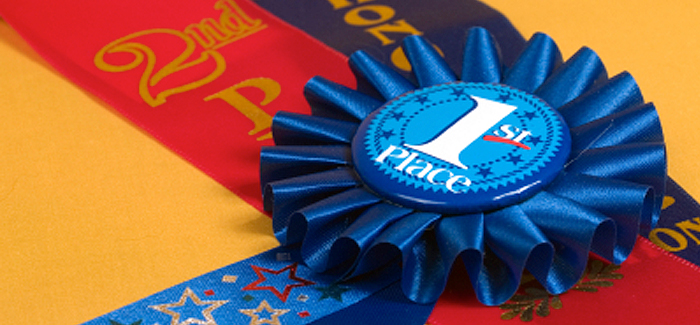relevent/ marketing ideas

Before you decide to use a product, you need to answer some questions:
This post will look at best practices for one of the most popular event marketing technologies, the email marketing campaign. Email marketing is still the most effective way to build participation in an event. But it’s important to understand the benefits, limitations, and potential of this communication channel before moving forward.
Any email marketing campaign is only as effective as your organization’s database—sending unsolicited emails on a “shotgun” basis is a waste of time and effort. Taking the time to create dedicated mailing lists based on interest (industry, academia, sponsors, etc.) and targeting your content to each of these groups will lead to higher returns on your campaigns.
Some of the most popular email marketing services include Constant Contact, etouches, MailChimp, Benchmark, iContact and Pardot. Services range from free (for a limited number of subscribers) to hundreds of dollars, depending on the functions you’re looking for and the provider you choose.
Planning a long-term email marketing campaign calendar is essential and will help shape all components of your event marketing strategy. Looking at important dates in your calendar (e.g. registration deadline, call for abstracts deadline, speaker announcements, etc.) and scheduling eblasts around those dates is a great first step, along with determining the frequency of emails you’ll be sending (weekly, bi-weekly, monthly, etc.).
It’s also important to check with other departments and team members on what promotional activities they have planned to avoid overlap or even conflicting information. You don’t want to spam your audience with two eblasts in a week, but you also don’t want them to miss out on an extended early bird deadline announcement because it wasn’t addressed in any eblasts.
Once your schedule is laid out, you’ll have to plan the time and day to send out your emails. While this may vary somewhat depending on your audience (local vs. international time zones, for example), here are some general guidelines.
Subscribers are most likely to open an email after 12pm in their respective timezones, and the most active hours are 2pm to 5pm.
Most emails are sent between Monday and Friday, with the highest volume on Tuesday and Thursday. More subscribers open emails, however, on Wednesday and Thursday.
View more Email Marketing benchmarks to help plan your sending schedule.
Using your eblast software provider’s A/B testing functionality offers huge insight into running an effective email marketing campaign. They help with details such as finding the best day for open rates for your audience, writing the most effective subject lines, deciding which name to include in the “From” field and more.
You can read more about A/B testing on the sites of major email campaign service providers, as well as here.
Your email management software should provide you with essential measurement allowing you to analyze actions like: how many recipients opened your eblast, which links they clicked on, did they read your email on a mobile device or at their desks? Did they forward your eblast to colleagues? This intelligence will help you identify participants’ interests and patterns, and better tailor future email content and optimize it for mobile viewing.
With so much data available, many potentially useful analytics remain unused—and yet these can yield some of the most revealing insights into what your participants need and want. Having someone on-board to help you make sense of the data you’re collecting – and a software provider equipped to pull out such information – can make all the difference.
With the Canada anti-spam law taking effect, emails must be sent on an opt-in basis—not only because the law says so, but because customers resent organizations that ignore their content preferences. If a contact wants to be removed from your list, make it easy for them to unsubscribe.
Full details of Canada’s anti-spam law can be found on the Government of Canada website.
For more information on how the anti-spam law affects event marketers, read The Membership Engagement Blog’s detailed post on the subject.
Many older eblast systems aren’t optimized for both mobile and desktop viewing—a mistake, since so many people are using tablets and smartphones. Offering your audience the choice to view your eblast in the medium of their choice – and ensuring that the transition is seamless – will keep your open and click rates up. Make sure your email marketing is responsive in this respect.
Social sharing links strategically placed in your email are also a great way to help recipients promote your event. If your content is interesting and easily shareable, they’re more likely to tell their colleagues about it and increase your event’s visibility.
* Source: Convention & Exhibition Attendance Marketing Best Practices, 2012.
** Source: Salesforce Blog.
For additional tips about email marketing, have a look at Marketo’s Email Marketing Cheat Sheet.